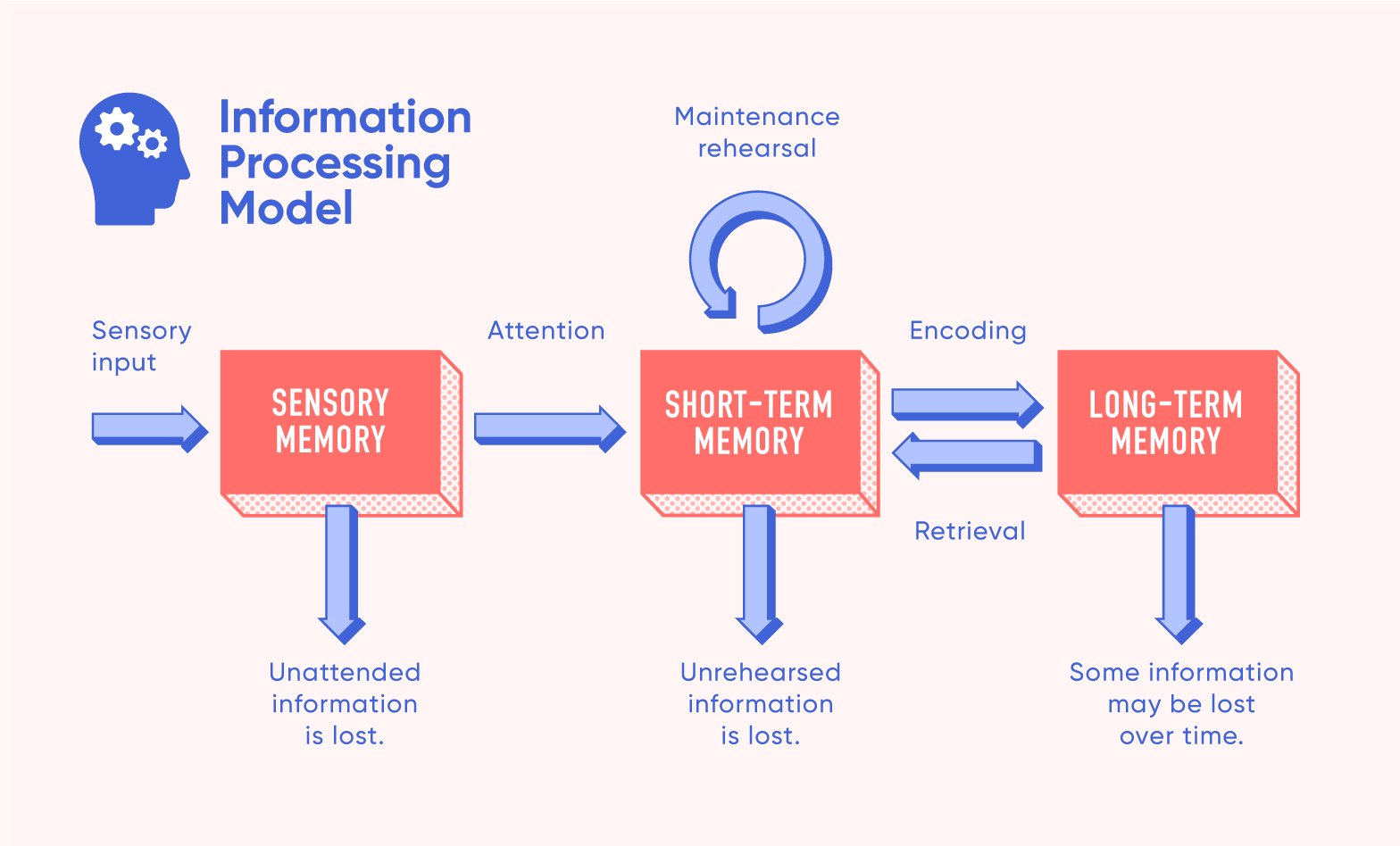I’ve cherished the world of theater since I first stepped onto the stage in 8th grade, relishing the opportunity to dive into a plethora of characters and indulge in the delightful act of make-believe alongside fellow thespians. One of the most unforgettable roles I’ve had the pleasure of embodying was none other than the jovial Smee in the production of “Peter Pan.” I can connect memorizing these lines with the information processing model, a framework that dissects the realm of memory into three segments: sensory, short-term, and long-term memory. Playing Smee, I found my focus distinctly centered on short-term and long-term memory, as they are the keystones to my success in delivering my lines on time and the way I rehearsed them.
Imagine short-term memory as a brief storage room for information, a place where my lines, cues, and choreography are temporarily safeguarded. This facet plays a vital role in my theatrical endeavors, offering quick access to components as I engage with my fellow thespians under the spotlight. Retrieval, a process of shuttling information from the enduring chambers of long-term memory into the swift confines of short-term memory, is instrumental in ensuring that my lines are ready when the performance begins. Retrieval cues are my allies in this endeavor, akin to little memory prompts that aid in my recollection. For instance, during rehearsals, I could forge associations between my lines and the specific movements I execute on the pirate ship’s stairs in each scene. This clever stratagem not only helps me in retrieving my lines but also aligns the conditions of memorization with those of actual performance, creating a profound context effect and strengthening the bonds between my character, lines, and the very stage upon which I perform.
This intricate interplay between short-term and long-term memory, as I prepare to step into the shoes of Smee, serves as a reminder of the nature of human memory. Memorizing lines, cues, and the fluid choreography of a theatrical production is like piecing together a puzzle. With my short-term memory functioning as a bridge to access the troves of information stored in my long-term memory, I diligently employ retrieval cues and context effects to ensure seamless integration of my character, lines, and the stage. As the curtains rise, revealing the enchanting world of “Peter Pan,” I take to the stage with an unwavering sense of assurance, secure in the knowledge that my memory has been meticulously primed for the spotlight.

“Information Processing Theory Model.” LearnUpon. https://www.learnupon.com/wp-content/uploads/Information-Processing-Theory-Model.png Accessed 22 October 2023.